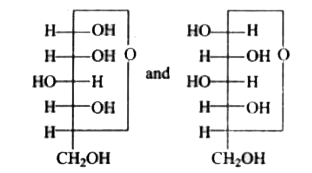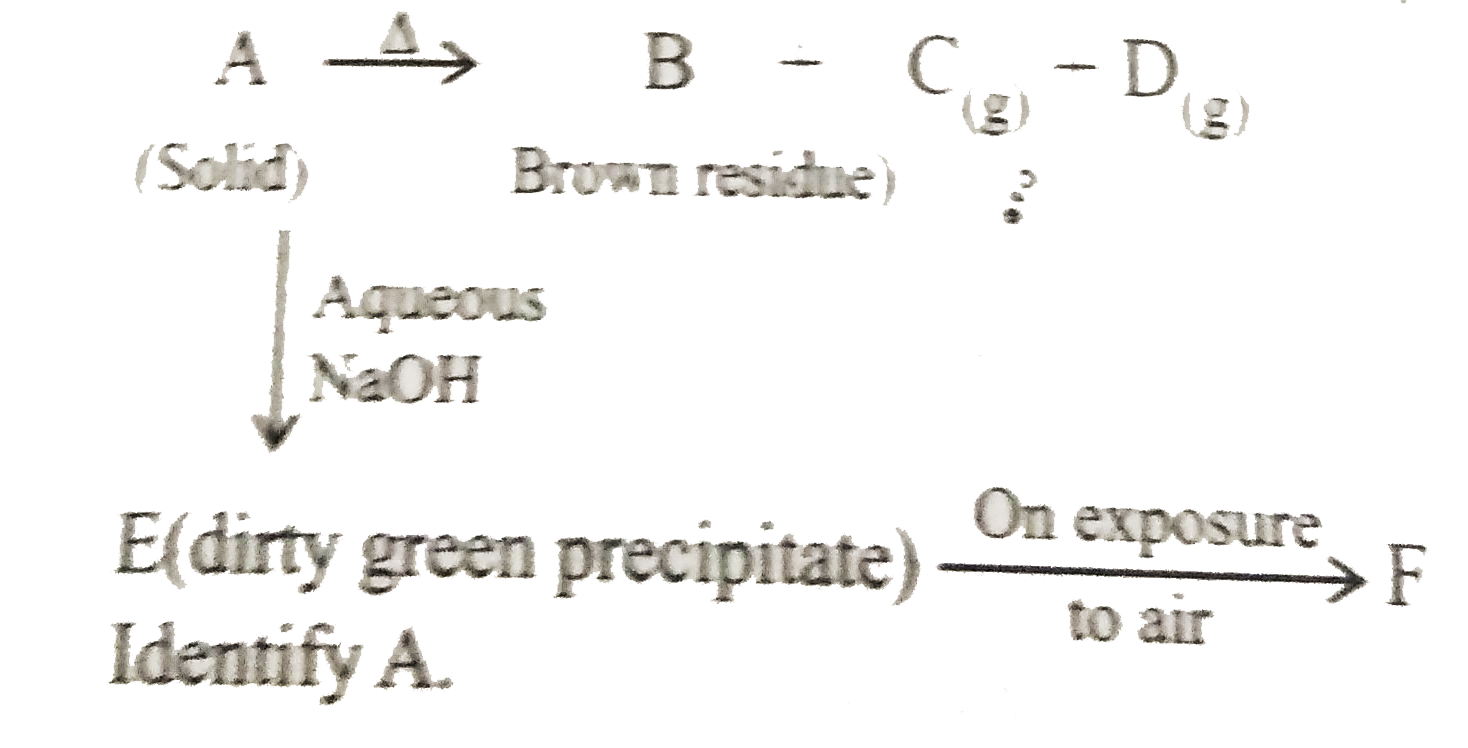Plasmolysis identifies the process of:
Imbibition
Diffusion
Active transport
Osmosis
Step-by-Step Solution:
1. Understanding Plasmolysis: Plasmolysis is the process where cells lose water in a hypertonic solution, leading to the contraction of the cell membrane away from the cell wall.
2. Identifying the Conditions: When a cell is placed in a hypertonic solution (a solution with a higher concentration of solute compared to the inside of the cell), water moves out of the cell through osmosis.
3. Role of Osmosis: Osmosis is the movement of water across a semi-permeable membrane from an area of lower solute concentration to an area of higher solute concentration. In the case of plasmolysis, water exits the cell, causing it to become flaccid.
4. Distinguishing from Other Processes:
- Active Transport: This process requires energy (ATP) to move substances against their concentration gradient, which is not the case in plasmolysis.
- Imbibation: This refers to the absorption of water by solid substances, which is not related to the loss of water from cells.
- Diffusion: This is the movement of solute particles from an area of higher concentration to lower concentration, which is different from the water movement involved in plasmolysis.
5. Conclusion: Therefore, plasmolysis identifies the process of osmosis, as it involves the movement of water out of the cell through a semi-permeable membrane in response to a hypertonic environment.
Final Answer: Plasmolysis identifies the process of osmosis.
---
- Active Transport: This process requires energy (ATP) to move substances against their concentration gradient, which is not the case in plasmolysis.
- Imbibation: This refers to the absorption of water by solid substances, which is not related to the loss of water from cells.
- Diffusion: This is the movement of solute particles from an area of higher concentration to lower concentration, which is different from the water movement involved in plasmolysis.
Topper's Solved these Questions
Similar Questions
Knowledge Check

IdentifyAEpimersBenantiomersCAnomersDNone of these , Identify the A.A
, Identify the A.A B
B C
C D
D

Identify A.A BCH3−C∣CH3H−CHOCCH3−O∣∣C−cH2CH3DCH3−CH3∣C=CH2
BCH3−C∣CH3H−CHOCCH3−O∣∣C−cH2CH3DCH3−CH3∣C=CH2
 Identify A.
Identify A.
View SolutionWith the help of well-labelled diagrams, describe the process of plasmolysis in plants giving appropriate examples
View SolutionPlasmolysis is responsible for the passage of water from one cell to another in a plant.
View SolutionIt the following processes, identify the irreversible process :
View SolutionThe given flow chart represents the flow of genetic information between biomolecules. Identify the processes A,B,C and D and select the correct option.

View Solution

 Identify
Identify